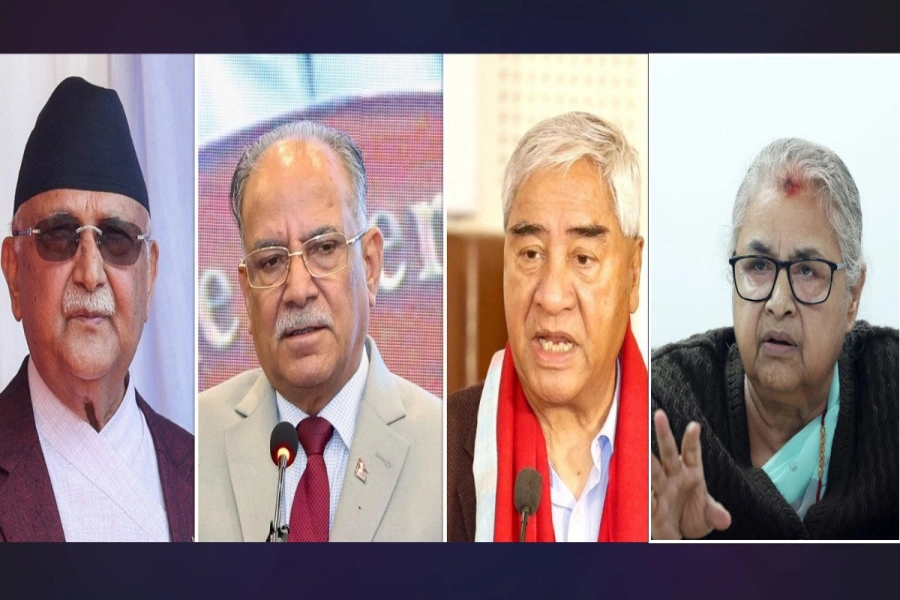Reliance on remittance
The title of a World Bank report on Nepal published back in May said it all. The report, titled Remittance at Risk, warned that a potential slowdown in remittance poses “a significant near-term risk to Nepal because of its outsized role in the Nepalese economy”.
So how big an impact does remittance have on our economy? “Remittances are nearly 10 times larger than foreign aid and 2.5 times larger than total exports [of Nepal],” according to the bank. But the number of migrant workers from Nepal declined by 25 percent in the first nine months of the fiscal year 2016, compared to the same period a year earlier. One reason for the slowdown was that in the aftermath of the earthquakes potential migrant workers “chose to stay home to support their families to rebuild homes and livelihoods”.
But that was not the only reason. Another contributing factor, according to the report, was weaker demand for workers from oil and commodity producing countries. Now another report, this time of Nepal Rastra Bank, released on Thursday also hints of a slowdown: remittance inflow declined by 2.5 percent in the first month of the current fiscal, to Rs 51.94 billion, from Rs 53.72 billion for the corresponding month last fiscal.
It remains to be seen if this slowdown in remittance is permanent. But it is safe to assume that with the price of oil continuing to slide in the international market, major importers of Nepali laborers like Saudi Arabia, Qatar and Malaysia—which are also among the biggest oil exporters in the world—will find it increasingly hard to sustain the millions of foreign workers in their midst. In fact, they have already started to trim the size of their foreign workforce. This is one reason around 100,000 fewer work permits were issued by the Department of Foreign Employment in the past fiscal compared to the number issued a year before that. Remittance as the mainstay of economy is a risky strategy. For, in that case, the health of the national economy depends on external factors that are beyond the country’s control. It doesn’t help that as much as 90 percent of remittance sent back to Nepal is spent on (imported) consumer goods rather than in capital-creation. It is about time we started to gradually lesson our dependence on remittance and train our focus on reviving our moribund industries and on breathing new life into an anemic service sector.
Even if that isn’t immediately possible, perhaps the government can bring a policy whereby a part of the remittance is invested in major infrastructure projects, with guaranteed return for the investors. The reason a major chunk of remittance is spent on consumer goods is that there are so few good investment opportunities here. To create those opportunities it is important that our politicians quickly settle outstanding political issues, so that the country can then move on the path of sustainable peace and development, which is the desire of all Nepalis. Easier said than done, of course. But it wouldn’t be half as difficult if our political parties were mature enough to look beyond their immediate gains and were capable of calculating the long-term interests of the country and, by extension, their own self-interest.
FIR lodged as lights on Ayodhya’s Ram Path and Bhakti Path go m...





































